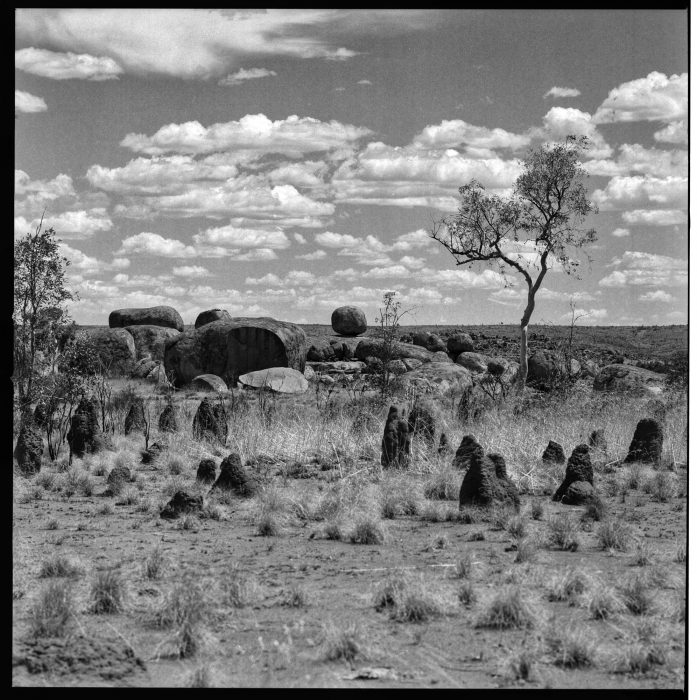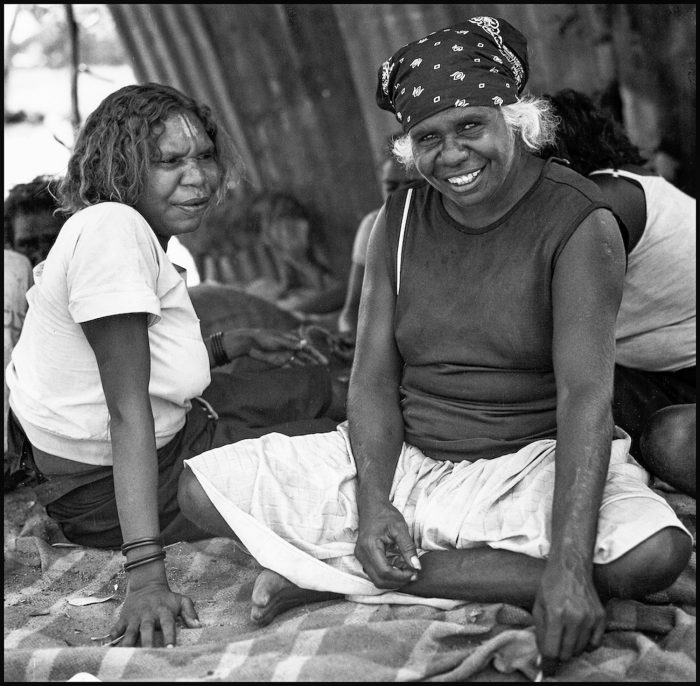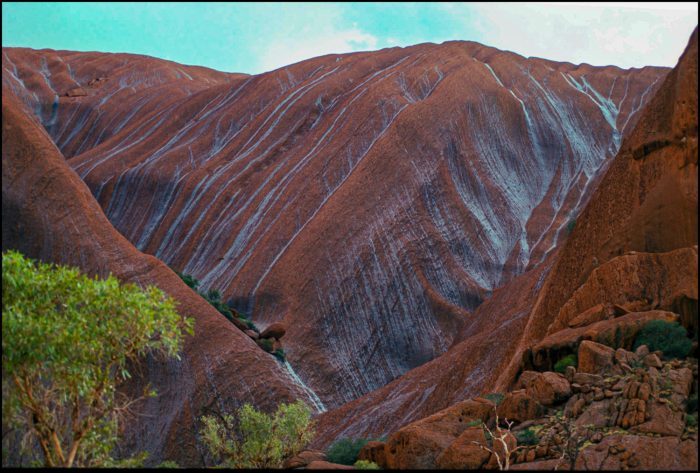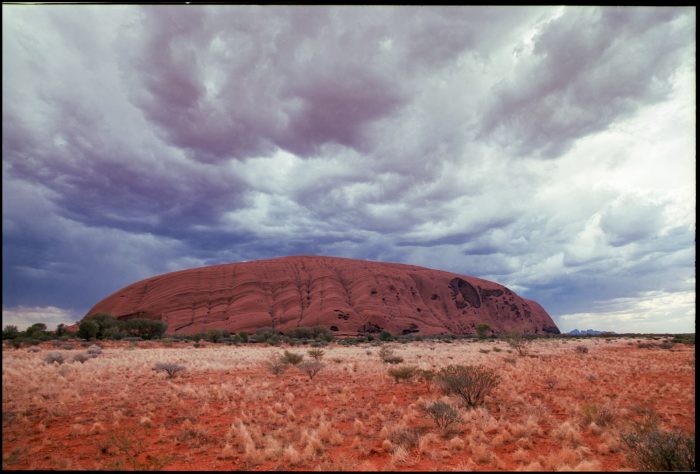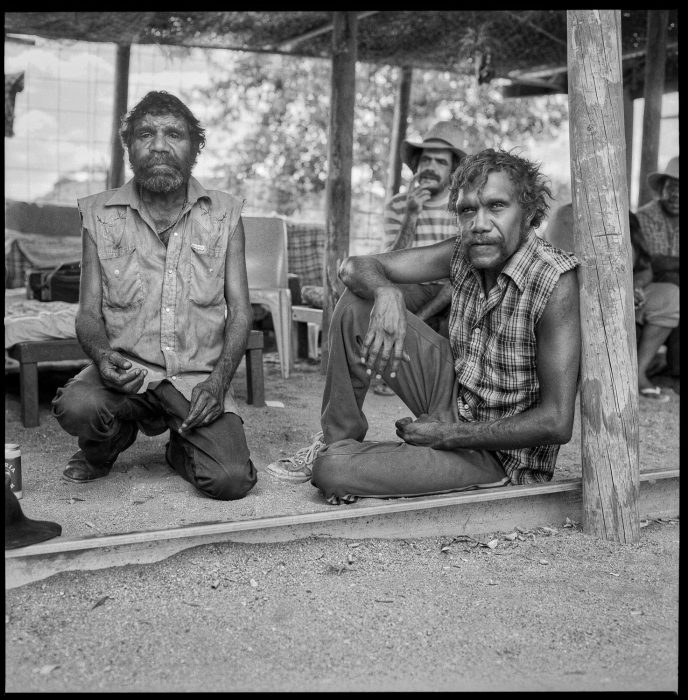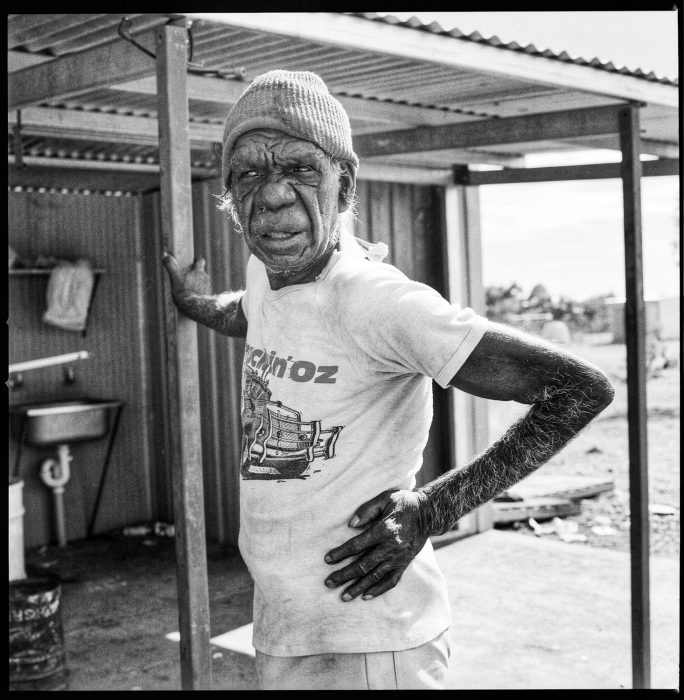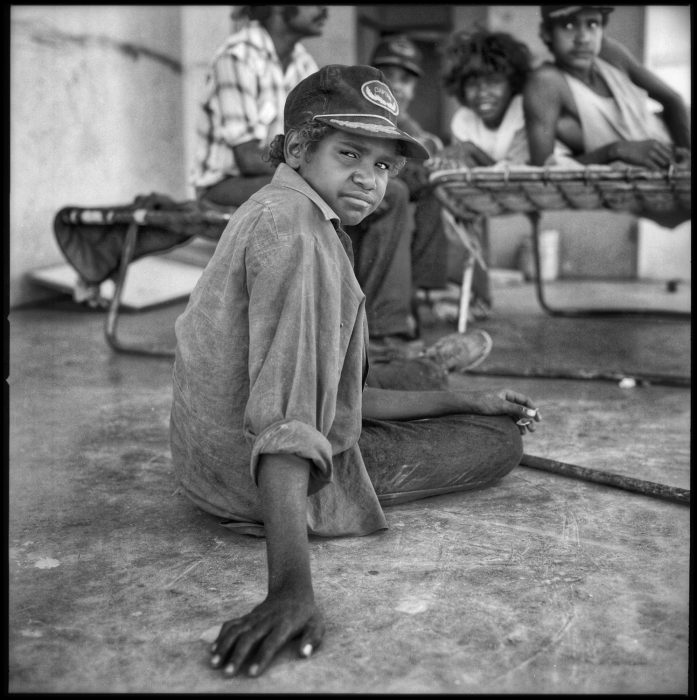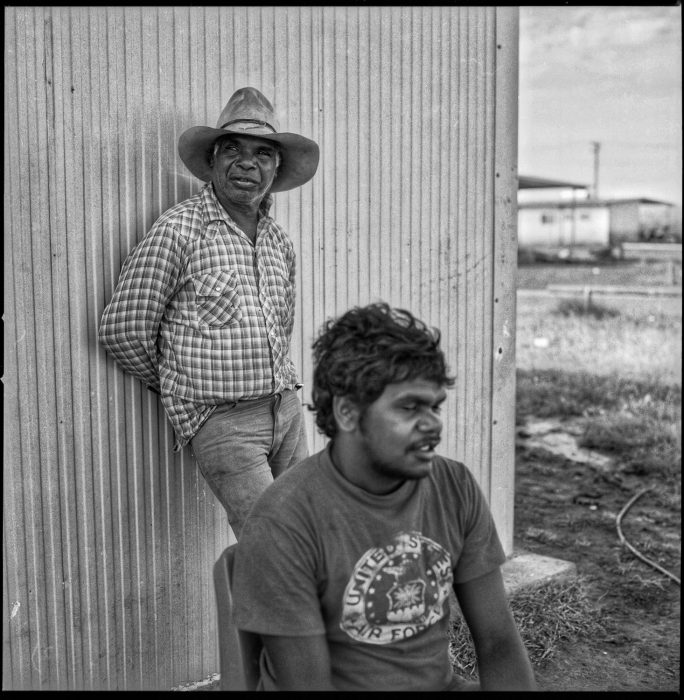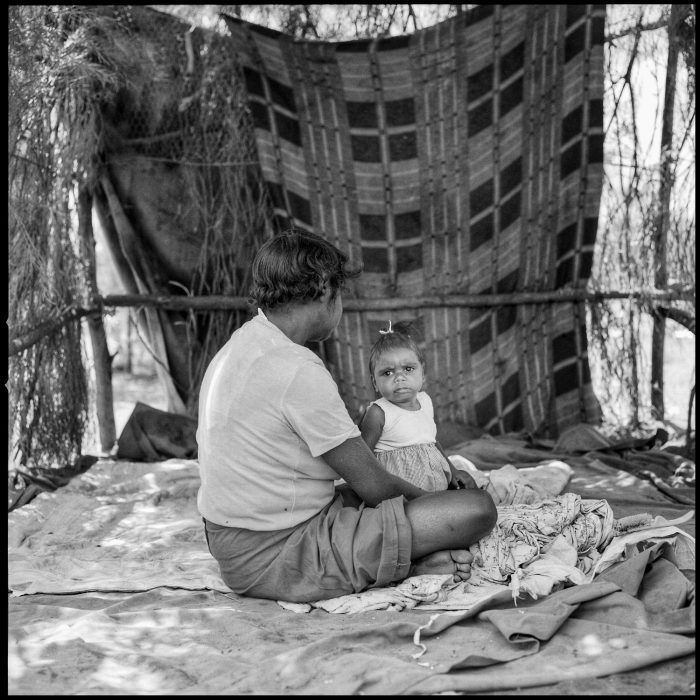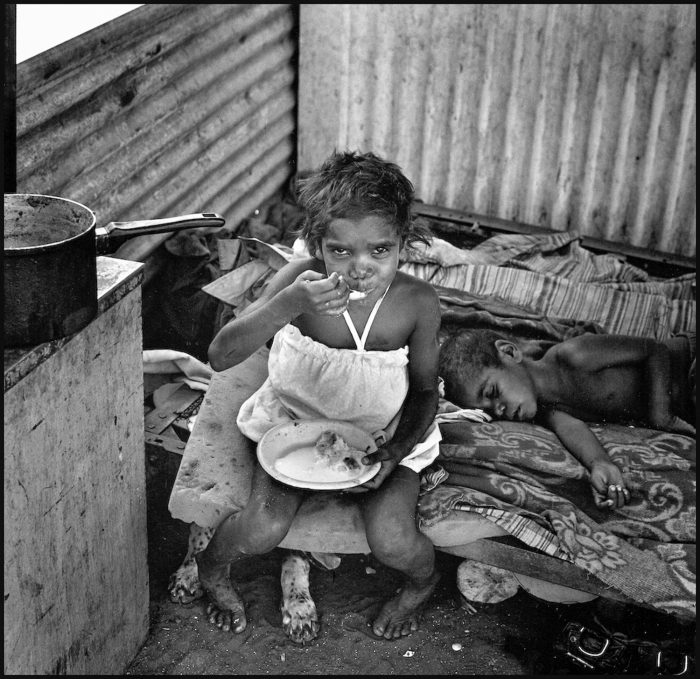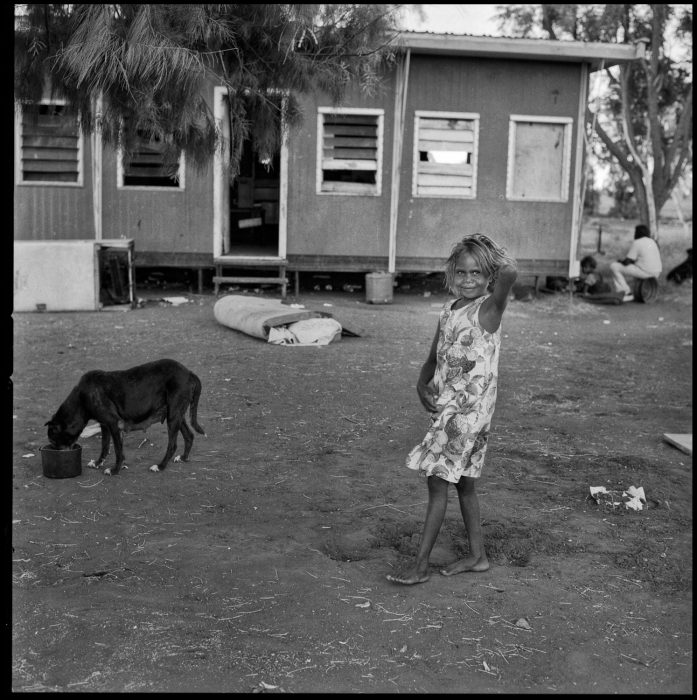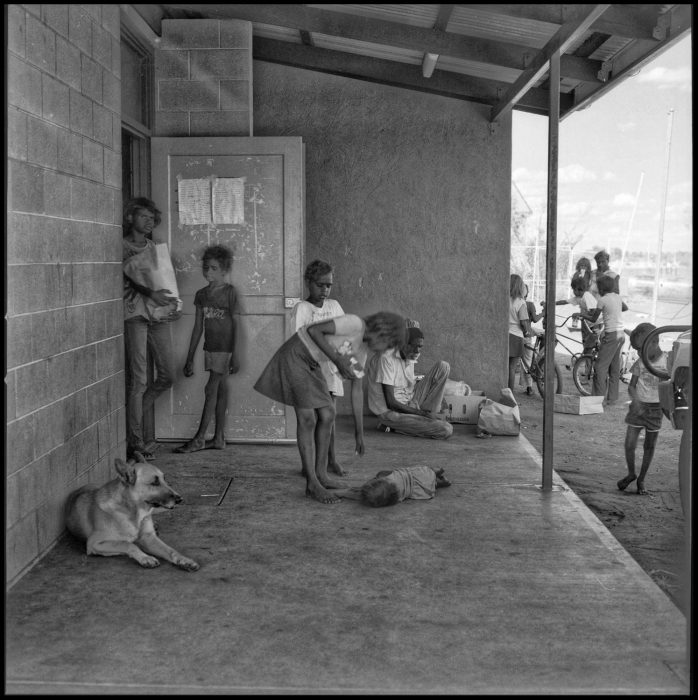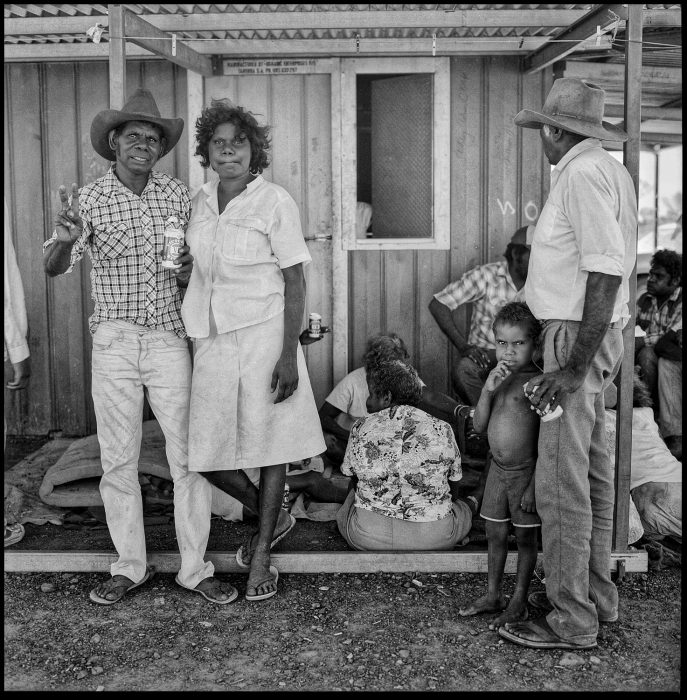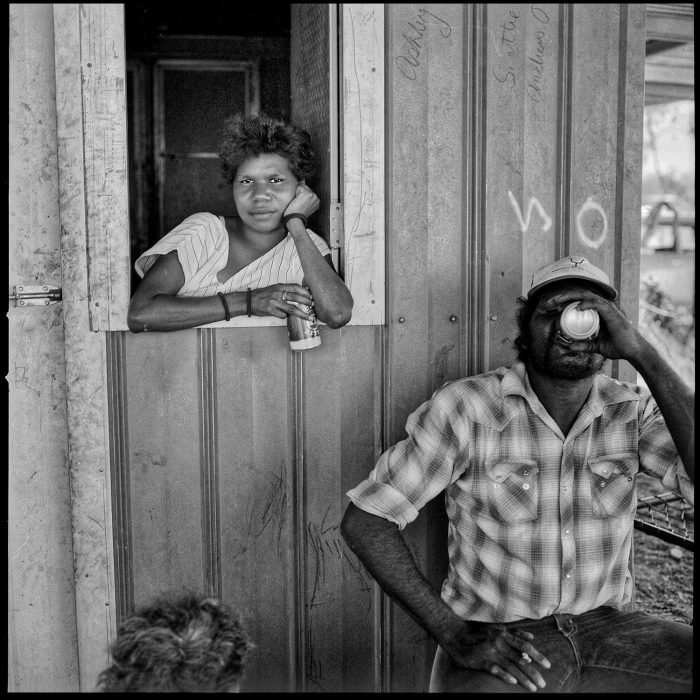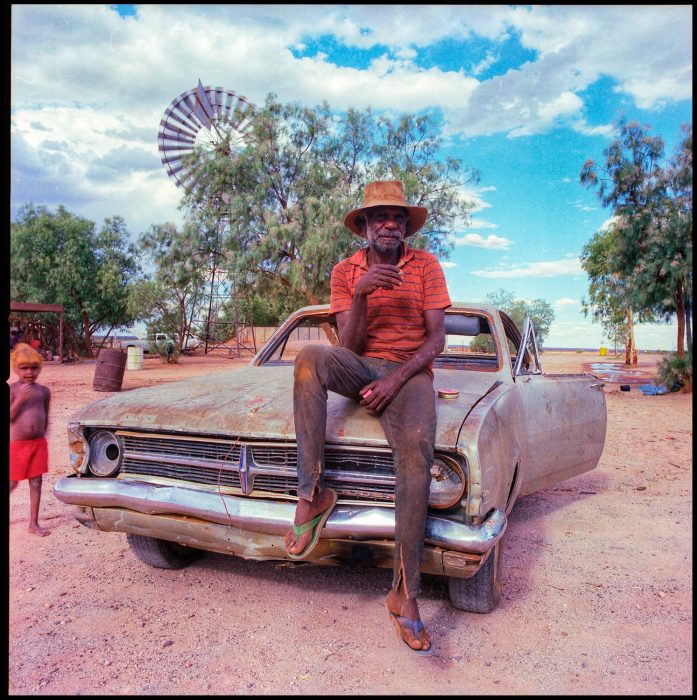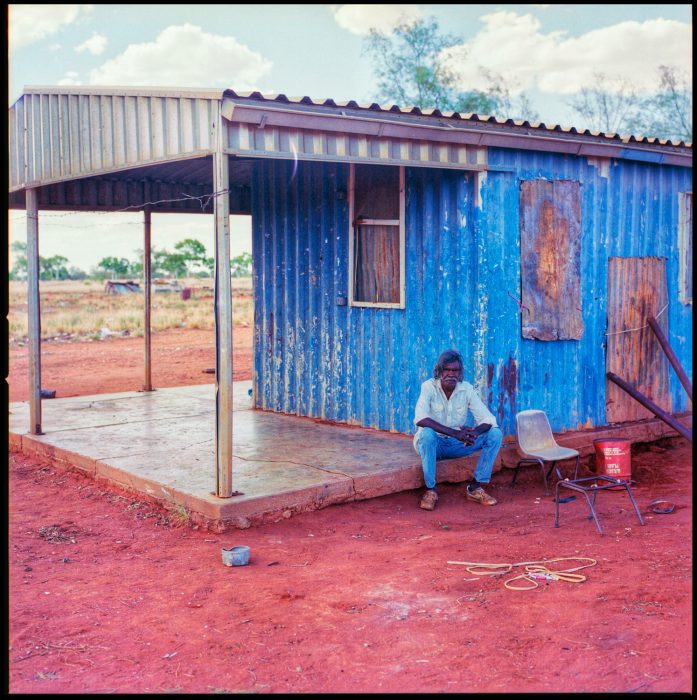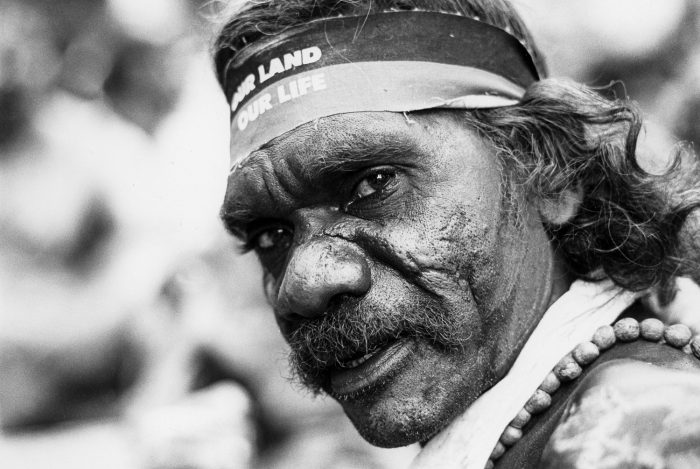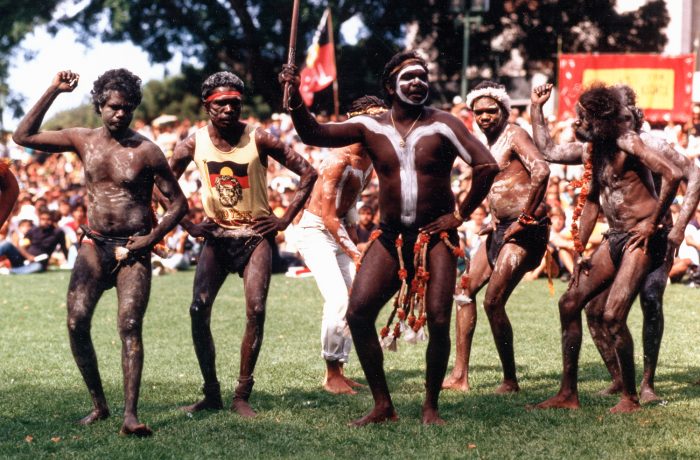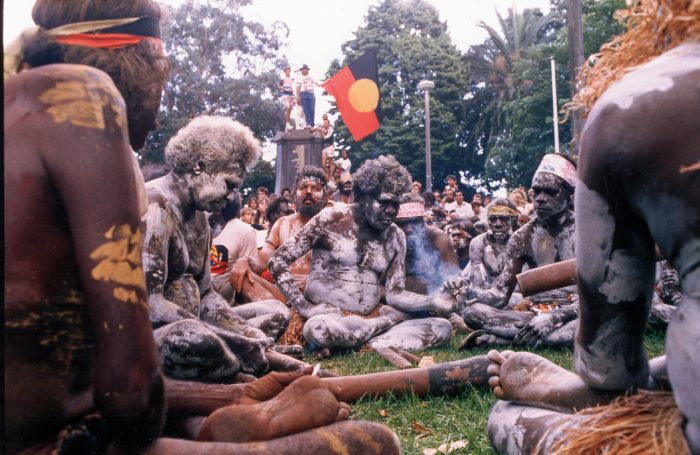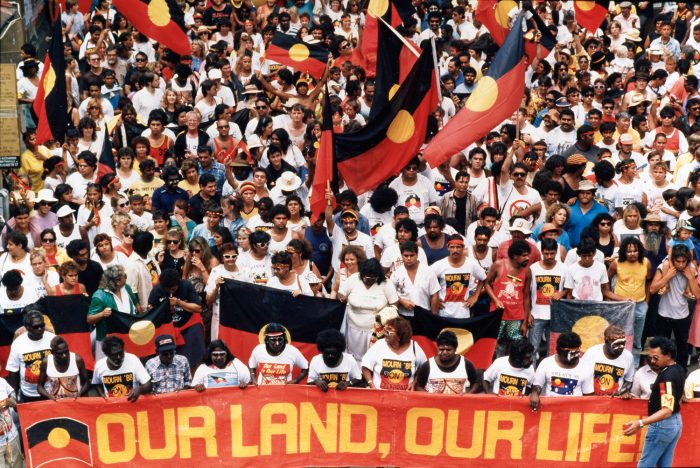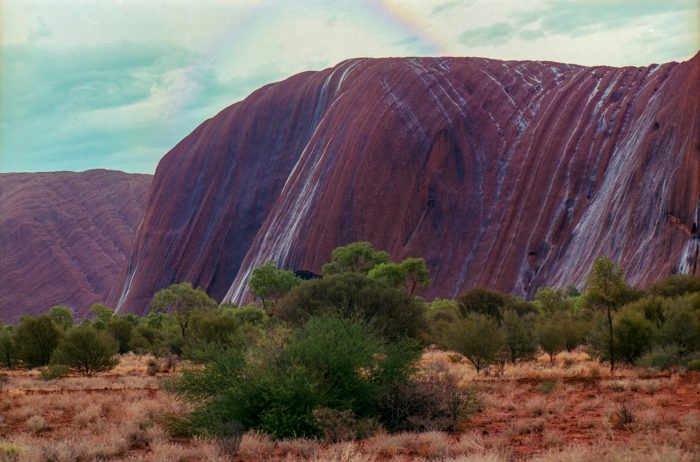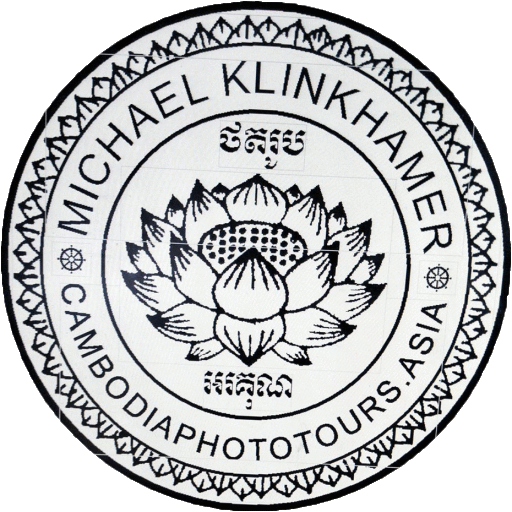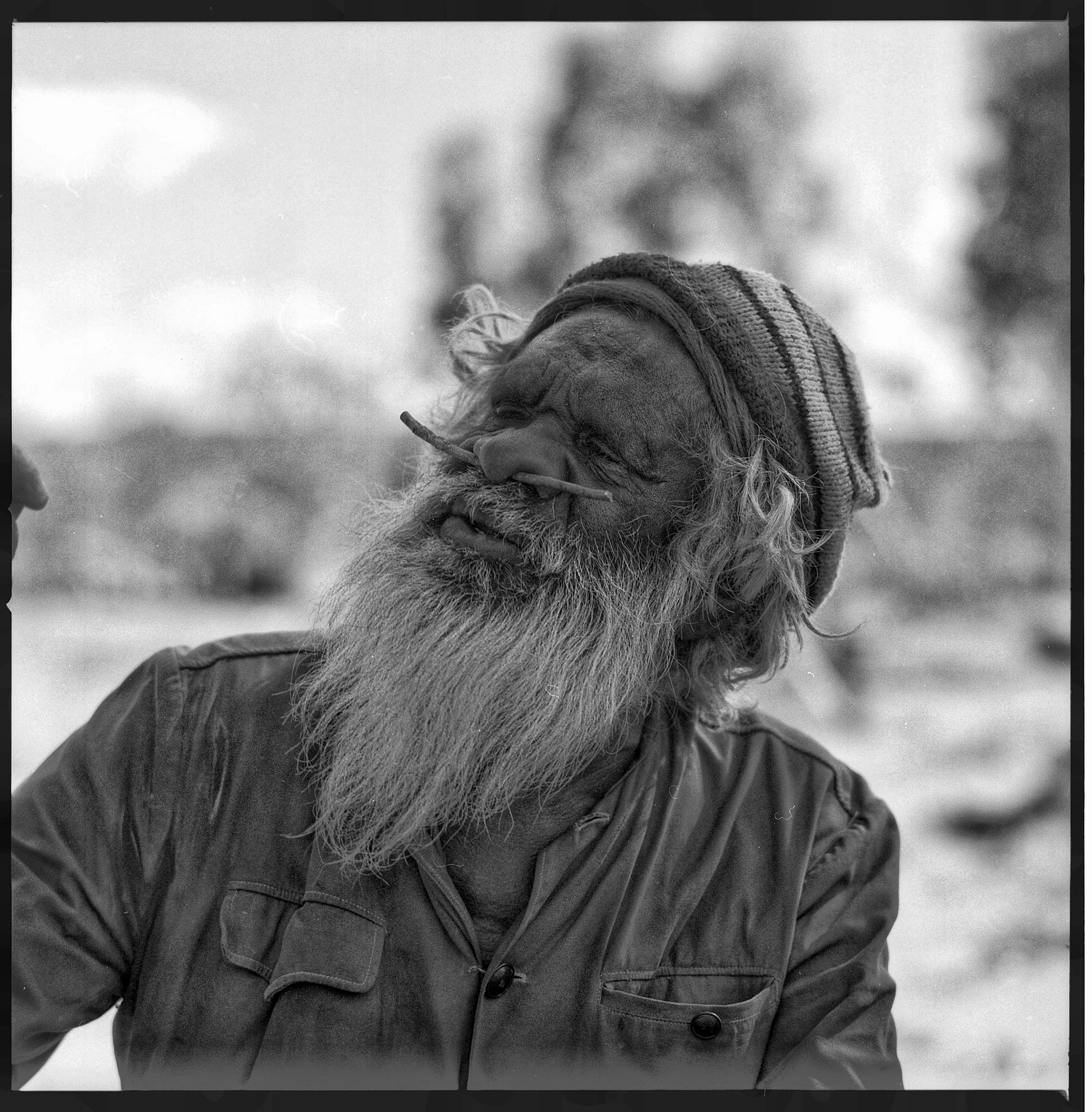Photographic essay and portfolio on Aboriginal life from Outback Australia in 1988 by Michael Klinkhamer.
September 2021, I released the photo book ”Time travellers along the highway’, a self publication, with Saal digital containing 35 full size un-cropped portrait images nicely presented in this 30x30cm volume. Feel free to contact me about this photography book or print exhibitions.

The term Outback came about in the 19th Century. It was used to refer to places that were ‘out the back of X (insert a place name). A similar term is ‘back of beyond’.
Basically, it’s somewhere inland in Australia, a long way from the sea.
Recently I revisited the photo work in Australia from 33 years ago. This body of work was photographed in 1988 and published and exhibited previously in 1990. This time I scanned all the negatives and selected 37 images available for online blog portfolio, future exhibitions and book publication.The Hasselblad 6×6 camera and lenses and produced a timeless classic image quality. *Note all images are un-cropped full frame 6×6 negatives, available as 50×50 cm prints.*All images are available for fine art printing and exhibition or collecting purposes.
*Warning:Some people in these pictures may have passed away.
Portrait Photography with a Hasselblad
Using the latest digital editing capabilities in 2020. Timeless black and white photography is the result. (* All photos are printed from the full negative.)
What I’ve made then and now see again is an almost an unreal experience of rediscovery, beauty, raw humanity and harsh reality from Australia from 1988.
Old photos brought back to life
For all the photos I took I got permission from the local tribe elder to be allowed to take these images. It was an honour and a self-confrontation given their culture. But more about that during the ‘Time travellers along the highway’ project.
I am also fully aware now more than in 1988 the deep conflict these pictures might stir. Because we are looking at survivors from the unspeakable crime of stealing peoples land and depriving them of their livelihood, freedom and culture. What I show here is done with the deepest respect to the Aboriginal people and all indigenous cultures of the world.
Foreword and additional text by Prof. Dr. Ad Borsboom.
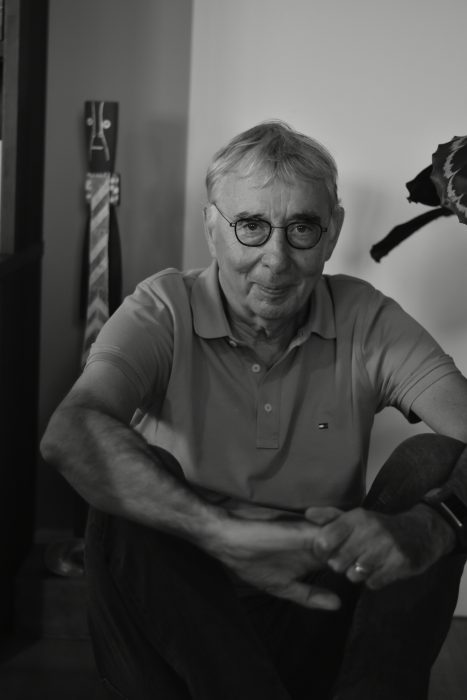
Emeritus professor of Pacific Studies at Radboud University Nijmegen.
Since 1972 appointed as a cultural anthropologist, he has been conducting research among Australian Aborigines, in particular into their worldview, rituals and social changes.
In addition, due to his frequent stay in that country, he has developed into an Australia expert.
Very often I get a question about The Aborigines of Australia. Although I have been doing research on and among the indigenous population since the early 1970s, I cannot answer this question unequivocally. The approximately 800,000 Indigenous Australians do not live as a group, but have a wide variety of living conditions.
This varies roughly from Aboriginal groups that still partly live on their own land, still speak their own languages, have a rich religious life with elaborate ceremonies and have close ties with their own clan areas, to – the other extreme – people in dire situations of poverty. , ill health, overcrowded houses, detached from their traditional culture and land. But at the same time, a growing Aboriginal middle class is developing, especially in urban areas, from mainstream professions, to professors, lawyers and politicians.
Michael Klinkhamer’s impressive photo book shows images of people who are closer to one extreme – that of poor living conditions – than to the former groups.
In his Time Travellers along the Highway we do indeed see images of poverty, overcrowded houses – rather corrugated iron huts – and beer-drinking people in rags in a depressing, desolate environment.
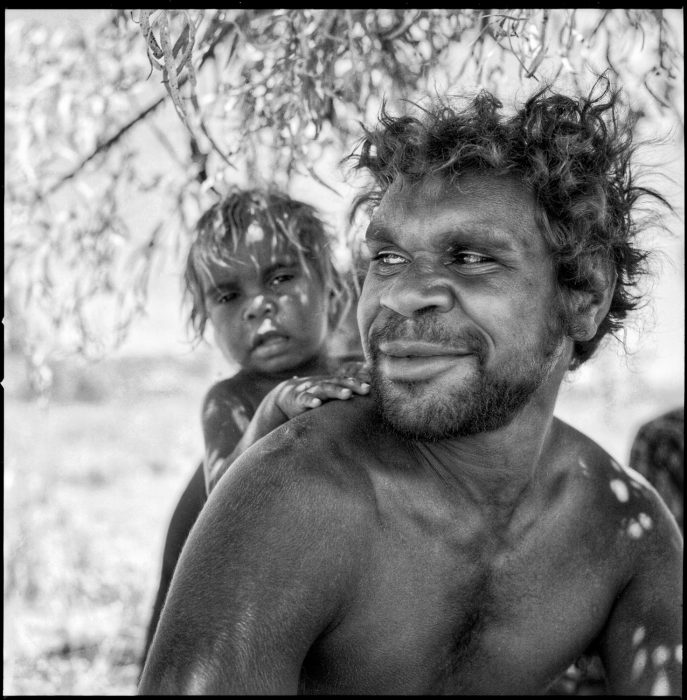
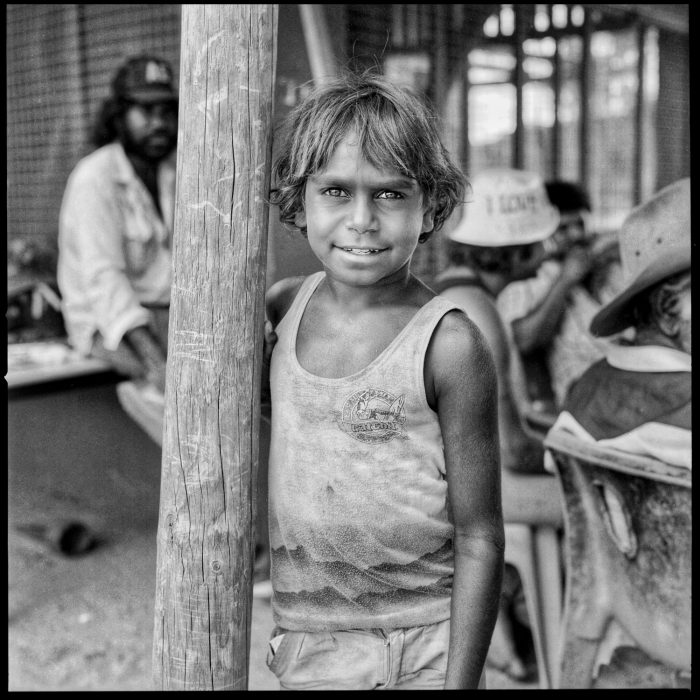
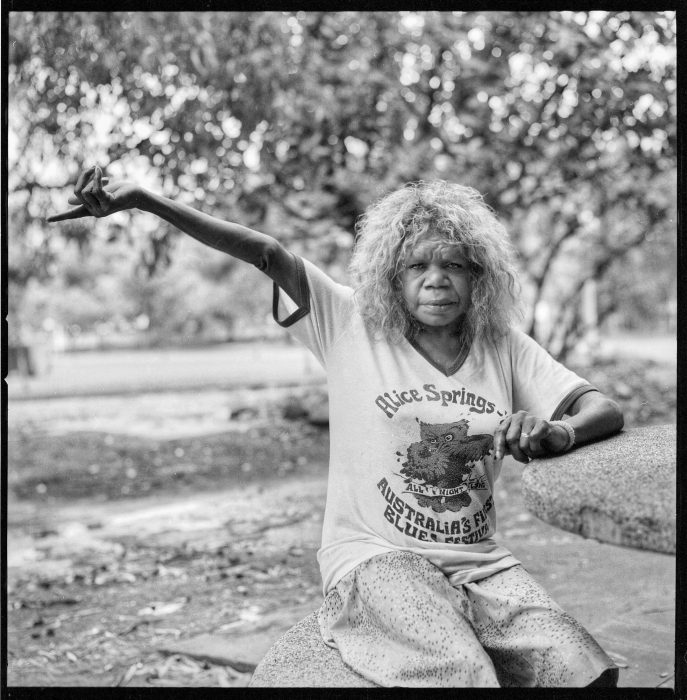
And yet, and yet, this is fortunately not the author’s dominant image of the Aborigines along the Highway.
Despite their loss of land, language and traditional culture, most striking faces radiate pride and self-esteem. However contradictory this may sound, even under those circumstances we can speak of people with their own culture.
In an economic sense, the ‘culture of poverty’ predominates, but otherwise they base their own solid identity on a way of life that is far removed from the life before Western colonization, but at the same time shows similarities with it.
For example, the basis of social life, just as in ‘traditional’ Aboriginal Australia, is the extensive network of family relationships with associated codes of conduct, rights and obligations.
They may no longer speak any of the 40 of the original 250 surviving Indigenous languages, but they have nevertheless developed their own distinct vocabulary, delineating their sense of group and identity from the rest of the Australian population. And the pride expressed there is reflected in many of the portrayed Aborigines from the book.
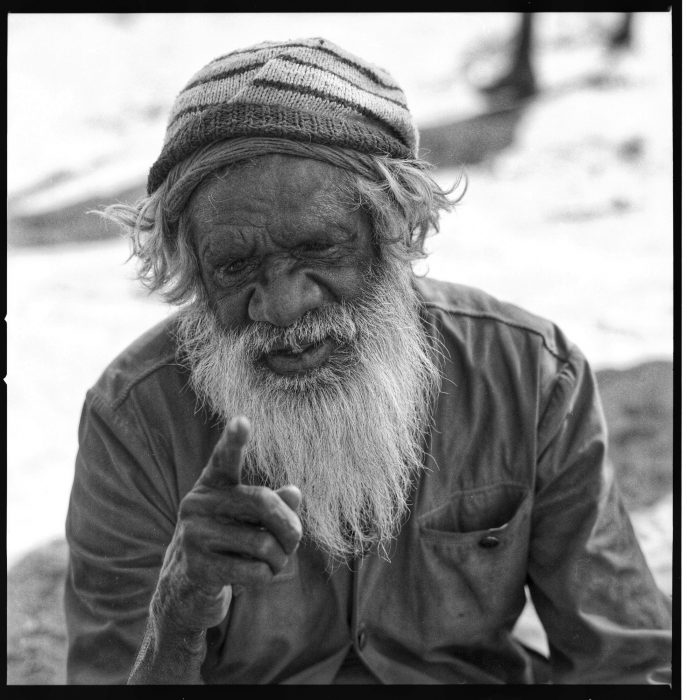
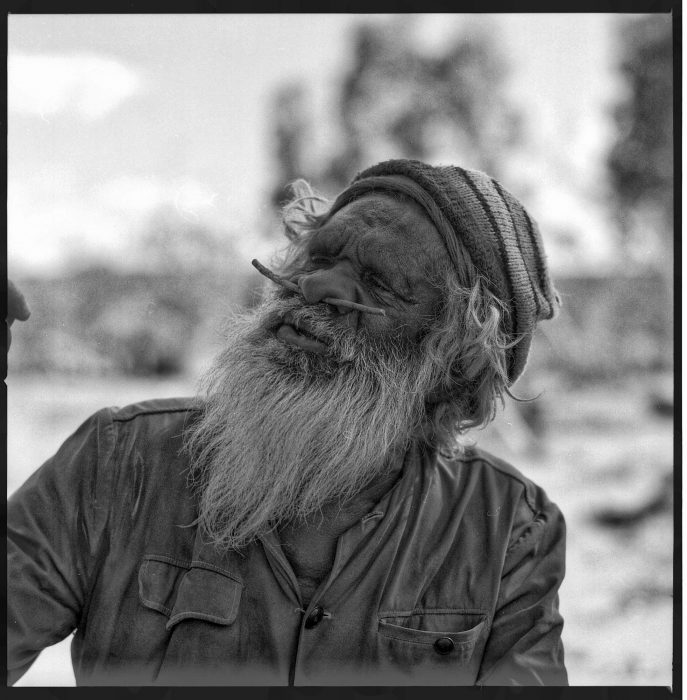
What else do the photos tell?
Well, that the Aboriginal population not only passively watches how they are as original inhabitants, but takes more and more actions to expose abuses. The Aboriginal flag in front of the Sydney Opera House and the protest rallies in the cities are examples of this.
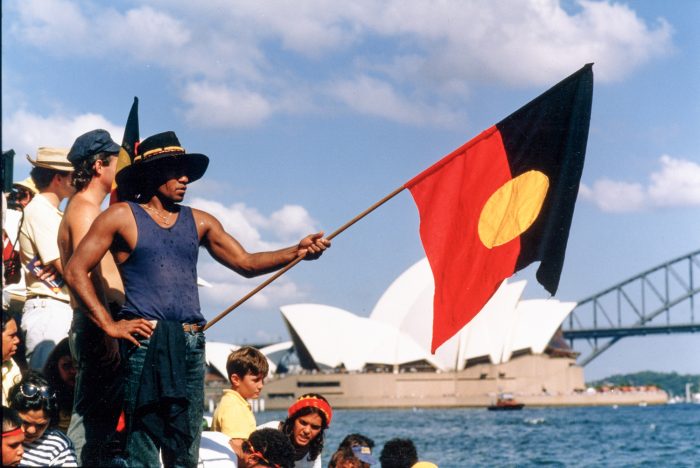
And where we see images of traditional Aboriginal ceremonies at such gatherings, these are messages to the rest of Australia: that’s how we were, through displacement and loss of land, many of us have lost it through no fault of our own, but we still identify with those original life and thinking world.
What did that world look like in general? Here are the basics as I was able to observe them in my many years in Arnhem Land, northern Australia.
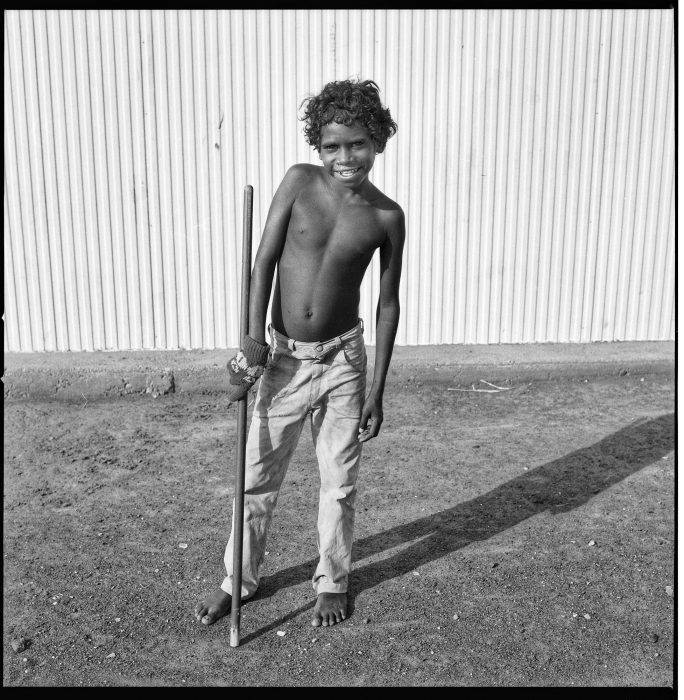
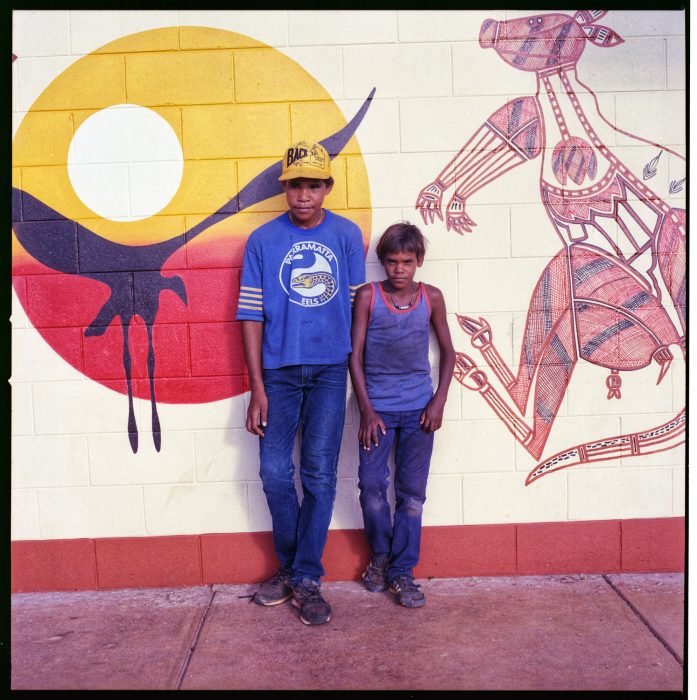
The original inhabitants of Australia, the Aborigines, have lived on that continent for about 60-70,000 thousand years. During that period, a unique creative culture has developed of people who lived by hunting, fishing and collecting vegetable food. In this way they have acquired a great deal of knowledge about nature, the land and the seasons.
It is understandable that nature also plays a major role in their religion. The origin and order of the world is attributed to events from a sacred, sacred time, the Dream time. The mythological beings then gave the earth, nature and ultimately human societies their present form.
These mythological creatures often have the outward appearance of all kinds of animal species or other phenomena from nature, up to celestial bodies. At the same time, these figures have human qualities: they are jealous, in love, angry, commit adultery, take revenge or have fun.
Finally, they have supernatural gifts because they make miraculous things happen: through them rivers, rocks, vegetation, in short, the land as we know it today. They also drew up rules that people must adhere to in their daily lives. Because they combine characteristics of animals (or plants), of people and of supernatural powers, they symbolize the unity between nature, man and cosmos (the divine).
Today’s people, through their religion, reconnect with these beings and with the primordial unity they symbolize. Religion today forms the basis of what we call Aboriginal art.
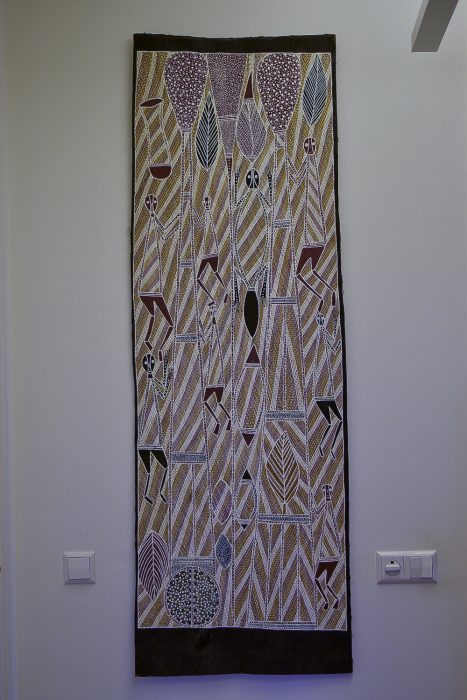
Now the word art is not the same as with us, I don’t even know a native Aboriginal word meaning art. What we call Aboriginal art are different forms for the people themselves to express their relationship with those mythological creatures. Those shapes are:
- mythology/chants: poetry and music;
- dance: choreography;
- sculptures/sacred objects;
- drawings: on bodies / on rocks / on the ground / on bark paintings.
Some of those forms have become art in our sense of the word in the present day. Especially paintings on tree bark belong to this. The images still relate to religious ideas, but the paintings are produced for a non-Aboriginal audience. There has also been an impressive growth in creativity of Aborigines living in the cities in recent decades.
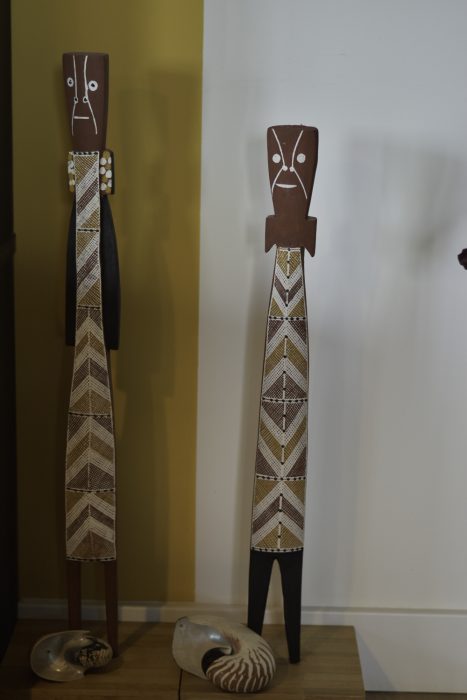
The art forms in that situation vary from paintings and literature to theater productions and ballet.’

